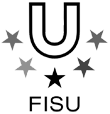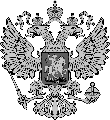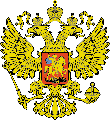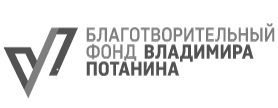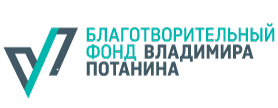As part of its publishing programme, RIOU launches the book "Sochi Olympic Legacy", which represents the first attempt to explore in detail the unique experience gained during the preparation for the 2014 Winter Olympic and Paralympic Games.
The book features first-hand accounts of Sochi's radical transformation given by those who were directly involved in this impressive project, unprecedented for Russia. The contributors include, among others, Russia's Sports Minister Vitaly Mutko, Minister of Natural Resources and Environment Sergey Donskoy, President of the Russian Olympic Committee Alexander Zhukov, President of the Sochi 2014 Organising Committee Dmitry Chernyshenko, Secretary-General of the Russian Paralympic Committee Mikhail Terentyev, Governor of Krasnodar Region Alexander Tkachev, Sochi Mayor Anatoly Pakhomov, member of the Russian Academy of Sciences Nikolay Kasimov, and Olympstroy's Chief Architect Oleg Kharchenko.
Commenting on the publication of the book, RIOU Rector, Professor Lev Belousov said: "Research at RIOU focuses on the investigation and preservation of Sochi's Olympic legacy. So we thought it necessary to start working in these directions at the early stages of preparation for the Games. We began collecting, consolidating and analysing materials for this book more than a year ago, and this allowed us to create a complete guide to the infrastructural, economic and social changes propelled by the Winter Olympics. The book also gives an overview of the history of the Black Sea coastal region and looks at the prospects of its development post-games.Currently, it is the only popular scientific publication to detail the building of the physical and humanitarian legacy of the Sochi Olympics."
The book consists of five chapters and an Appendix.
The chapter "Olympic Capital City" charts the construction of sport and infrastructure facilities in the Imereti lowlands, as well as in and around the Krasnaya Polyana mountain village. It describes the unique architectural and technological concepts developed for the Olympic Park, examines preparation strategies, management of mass volunteer recruitment, and shows how global experience in staging Olympic Games was infused with purely national features. The authors emphasise the role of the Olympic project as a testing ground for the capacities of the modern Russian economy and various technological, industrial and organisational innovations.
Articles in the chapter "Sport Post-Games" explore the use of Sochi's material and humanitarian legacy for the promotion of Olympic education, fitness and sport in the Russian Federation. Focusing on the positive impact of the Games, this chapter examines the benefits for Russian top-class sport, development of fitness and sports infrastructure in the country, prospects of post-Games usage of the Olympic venues, as well as plans for establishing Russia's first national centre for winter sports on the basis of the newly-built facilities. It also offers comprehensive information on the Russian International Olympic University, its objectives and unique training solutions.
The chapter "World Class Resort" traces the transformation of Sochi – traditionally, a summer resort on the Black Sea coast – into a winter alpine resort on the snowy slopes of the Caucasus Mountains. "It's going to become Russia's own Courchevel", says Vladimir Potanin referring to his brainchild, the Rosa Khutor ski resort. Vladimir Potanin is the founder and owner of Interros, one of Russia's largest private investment companies, which is currently engaged in the Olympic project.
The chapter "City of the 21st Century" covers the massive economic and socio-cultural transformation of Sochi, involving vast upgrading of its transport system, energy infrastructure and utilities. Excellent photographs vividly illustrate the new architectural features of the city. Special attention is given to the creation of a barrier-free environment – the first attempt of this kind in Russia.
The final chapter "Nature Preserved for Future Generations" is devoted to one of the most important aspects of the 2014 Games' legacy - the "Sochi 2014" environmental programme aimed at eliminating the damage to the local nature caused by the construction work. This chapter describes the huge wealth of environmental innovations accumulated during the implementation of the programme.
Three out of five chapters contain solid scientific articles contributed by a group of researchers from the Lomonosov Moscow State University, who, over a number of years, have been monitoring the economic, social and environmental transformations in Sochi. The final article, "Breakthrough in the Future", summarises their research findings. The scholars' main conclusion is that the implementation of the Olympic project has paved the way for the sustainable development of the city and the region as a whole.
The book provides a large body of valuable information about the Olympic technologies and innovations, brought to life by images illustrating the venues of the Coastal and Mountain Clusters. Special outline maps show the locations of Sochi's Olympic and municipal facilities built in preparation for the 2014 Games, as well as pistes at the new resorts of Krasnaya Polyana. The Appendix contains a brief history of the Black Sea coast in the area of modern Sochi, from ancient times to the present day.
"Sochi's Olympic Legacy" is published by a major Russian publishing house OLMA Media Group, with a run of 6,000 copies. It has 416 pages and about 400 photographs.
























































